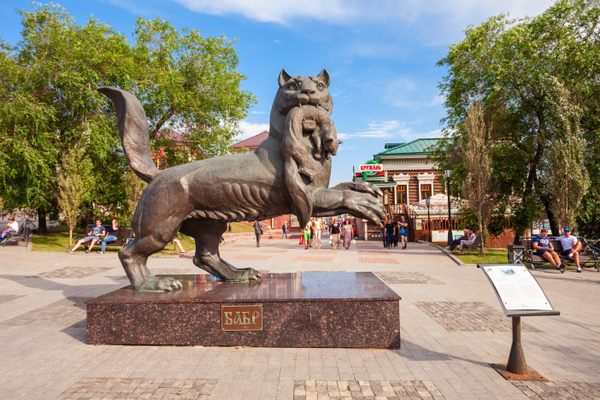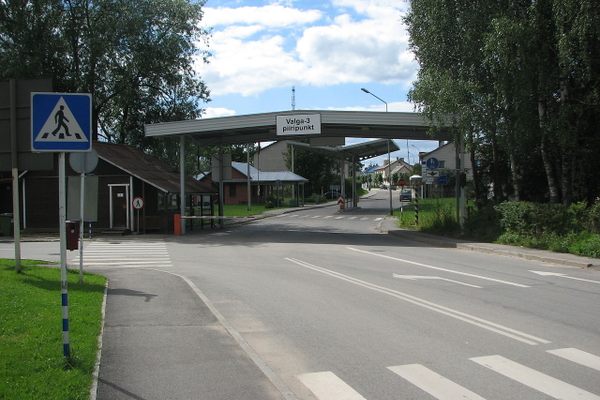AO Edited
Mongolia/Russia Border Crossing No. 487
This extremely remote border crossing was closed to prevent smuggling and looting.
Many places in Mongolia feel remote due to the long distances dividing them, with precious little to see along the way except the vastness of the steppes and the occasional herd. Yet, even by Mongolian standards, the Mongolia/Russia Border Crossing N. 487 is as remote and obscure as it gets.
For one, the crossing has no attractions anywhere near it, and two, reaching it requires significant logistical arrangements. There are some excellent reasons to visit it, but you have to be seriously committed to getting to this isolated location.
Border Crossing No. 487 is set deep inside thousands of hectares of Siberian forest, both on the Mongolian and Russian side. On the Mongolian side, very few hamlets can be found across this desolate landscape, and the infrastructure is extremely poor. What’s more, winter brings abundant snowfall and subarctic temperatures (reaching -55 degrees F), making these places reachable only by horses and the sturdiest 4x4 vehicles.
There are currently 10 operating border crossings between Mongolia and Russia: five open only to Mongol and Russian nationals, three open to all, one open to freight, and one to passenger trains. There used to be more, and the history of those closed borders speaks to the complex relationship between these two countries.
The current Northern Mongolian border was established in 1911, but at that time, Mongolia shared it with two countries, the Tuvan Republic and the Soviet Union. Now, it’s shared only with Russia, after the Soviet Union annexed the Tuvan Republic in 1944. The Tuvan section of the Mongolia/Russia border has always been problematic due to cattle thefts across the border and a thriving smuggling trade, and Border Crossing No. 487 was considered a hot-spot for these activities.
Due to the terrain and the remoteness, controlling the border was all but impossible, and it was therefore decided that Border Crossing No. 487 would close. To deter looters and smugglers, the border guards on both sides are instructed to shoot trespassers that enter the area without a permit. Drastic as it may sound, it seems that the move succeeded in pacifying the region.
Since its closure, Border Crossing No. 487 has become a destination for a trickle of local tourists. The two posts delimitating the Mongol and Russian territories are set about 10 feet apart, and a white stump of a post was placed in the middle to demarcate the exact border point. It is a simple sight, in a way, but it is steeped in local history and natural beauty.
Know Before You Go
Do not go to this border crossing without a permit. To visit, you must obtain a permit from the General Authority for Border Protection in Ulaanbaatar. Once you have the permit, you need a 4x4 vehicle to negotiate the 180-km of dirt road from the Bulgan-Murun Road to the border. Along the way, you’ll encounter muddy patches of road, sharp rocks, sand banks and several rivers to ford. Depending on the time of the year and the weather, river depth can be a serious obstacle. Approximately 20 km to the border, there is a road block with a few houses around. Permits are checked here, and an armed guard will be assigned to escort visitors to the border.
Community Contributors
Added by
Edited by
Plan Your Trip
The Atlas Obscura Podcast is Back!























Follow us on Twitter to get the latest on the world's hidden wonders.
Like us on Facebook to get the latest on the world's hidden wonders.
Follow us on Twitter Like us on Facebook